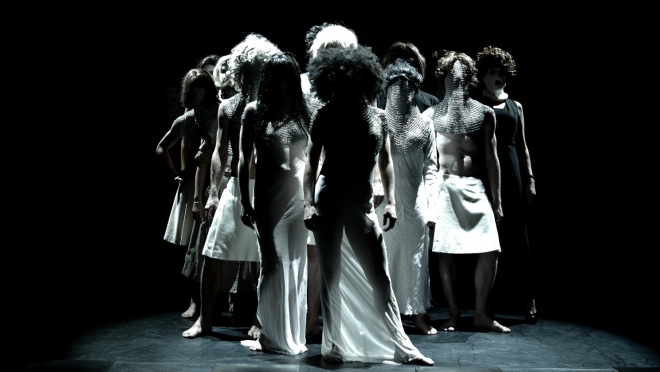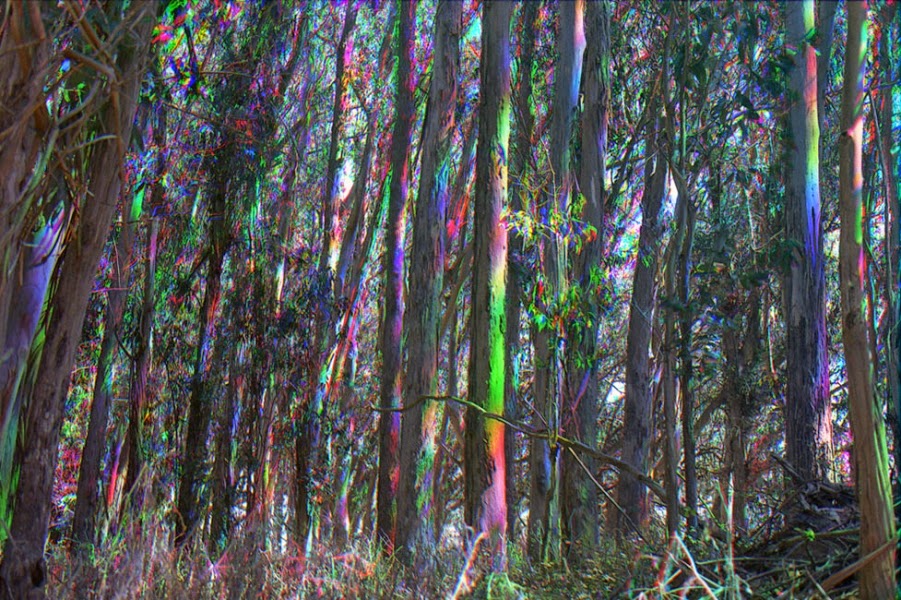An experience of the dansopera De Soprano's from an Italian choreographer
The Show Must Go On
This single man states the names of feminists from throughout history in his masked voice. Slowing the rest of the cast join on stage: 6 dancers, 3 singers, the conductor, and 8 musicians. Their faces were are all covered in chain mail as they stood facing the audience in what seemed like some sort of protest or stance.
The rest of the show goes on as a conversation between dancers, opera singers, and music, between the classical and the modern. Mostly the music and dancers blended seamlessly in harmony. The transition moments were bombarded with digital technics, guitar solos, and video projections interrupting the classical opera scene.
And as with his last piece, Verdi, the women dancers and singers wore their heels high and proud, dressed in draping, translucent slips, and rock&rolled the stage with strong feminist power.

So What Happened to Opera?
Despite the spectacle, the variety, and interaction, I was bored. Perhaps I miss the knowledge of classical Verdi opera's so I can not bring in the story to what I was seeing. And even so I feel that these dance pieces, with such action and variety, should be a story in themselves. I didn't understand the interlacing of the video projections or the moments of self-critique or the story line in general.
So instead I focused on little things; the dancer's movements, and way the singer's interact with the stage, how the conductor works together with the dancers. The dancing was beautiful. The six danced in harmony, and nearly unison but given the freedom to add their own voice to the movement. They are stunning dancers, naturally and this I enjoyed. And I got a little lost in their flow. The beauty wasn't quite enough to keep me engaged in the piece as a whole.
Greco naturally must have a deep interest in Verdi's operas. It's running through the core of the piece. For me, not having the history and knowledge of Italian Arias and story lines, I was missing out on the very foundation of what I was watching.





